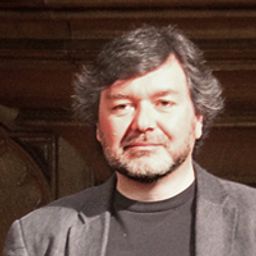Filling the Empty Vessel: The Anglicans and the Inuit in Nineteenth-Century Labrador
Mon statut pour la session
Whenever dominant and subordinate cultures come into contact, the architecture built as the setting for their encounters reveals much about the dynamic between them. Often, a rich and complex architectural hybridity occurs, such as Anglo-Norman architecture in England, or Mudéjar architecture in Spain.
Another example of an encounter between a dominant and subordinate culture was the English presence in Labrador in the second half of the nineteenth century. The Church of England’s Labrador mission can be considered to have begun in 1848, when Bishop Edward Feild conducted the territory’s first Anglican service in Forteau. Soon after, he had his first encounter with what he called the ‘Esquimaux’, and their conversion became a prized goal of his episcopate. What followed was an ambitious if not altogether successful campaign of church-building and missionary work. But unlike so many historically analogous situations – including contemporary examples in the British Empire – the Anglican churches in which Inuit were baptized are notable not for their hybridity but for its absence. This paper examines those buildings in the context of numerous other primary documents in order to explore the dynamic between the Anglicans and the Inuit in nineteenth-century Labrador.
